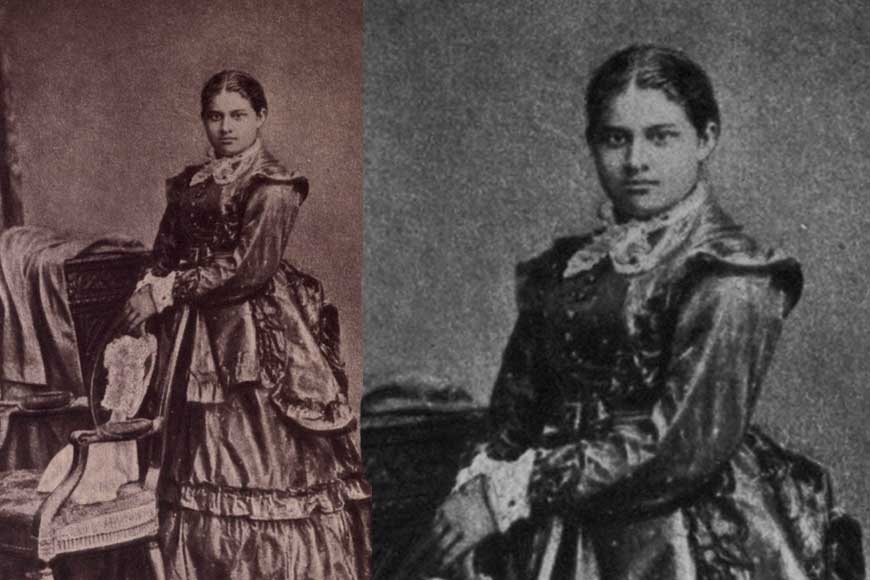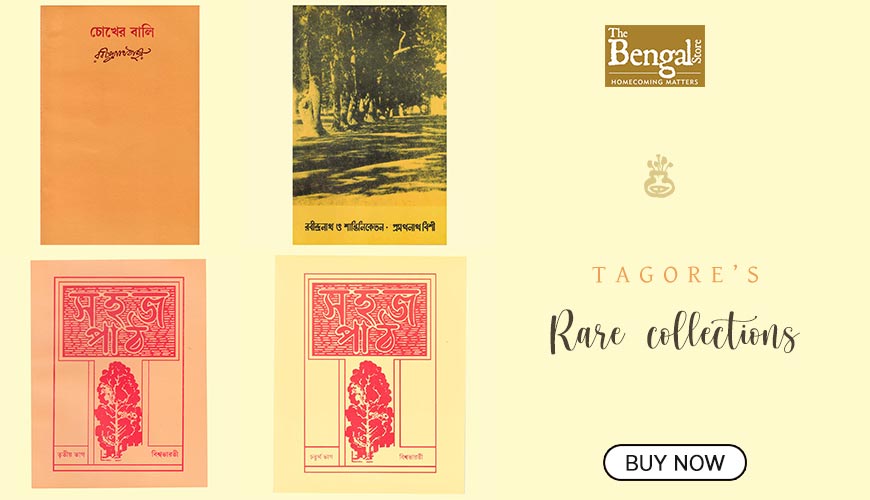The 19th century French Connection

Imagine a Bengali woman translating world literature from French to English, that too in early 19th century! Considered to be one of the founding figures of Indo-Anglian literature, Toru Dutta alongside Henry Louis Vivian Derozio brought a revolution in English and French literature, yet how many of us have read her A Sheaf Gleaned in French Fields (1877) or Ancient Ballads and Legends of Hindustan (1882), and her French novel, Le Journal de Mademoiselle d’Arvers (1879). Her poems revolve around themes of loneliness, longing, patriotism and nostalgia. And all of this she did within 21 years, for she died by then and was often compared to John Keats by the world of poets.
Toru was born in Calcutta on 4 March 1855 to a Bengali family that had converted to Christianity. Her father was Govind Chandra Dutta and her mother was Kshetramoni Dutta of the famous Rambagan Dutta family. The family was one of the first to be strongly influenced by the British colonial and missionary presence. Toru’s grandfather Rasamay Dutta and her father both held important positions under the British government. In 1862, they converted to Christianity, when Toru was just six years old. She was the youngest child of three, after sister Aru and brother Abju.She and her siblings spent most of their childhood in Calcutta, and were home-taught by the Indian Christian tutor Babu Shib Chunder Bannerjea, learning French and English, and eventually Sanskrit, in addition to her first language, Bengali. Very early in life she was introduced to world literature like John Milton's epic poem of Christian allegory Paradise Lost by heart.
In 1869, when Toru was thirteen, the family left India, making Toru and her sister some of the first Bengali girls to travel by sea to Europe. The family spent four years living in Europe, one in France and three in England. They also visited Italy and Germany. They first lived in France and Toru was exposed to French in Nice and was briefly a student at a boarding school.
Toru was born in Calcutta on 4 March 1855 to a Bengali family that had converted to Christianity. Her father was Govind Chandra Dutta and her mother was Kshetramoni Dutta of the famous Rambagan Dutta family. The family was one of the first to be strongly influenced by the British colonial and missionary presence.
In 1872, the University of Cambridge offered a lecture series, ‘Higher Lectures for Women,’ which Toru Dutta attended with her sister Aru. At the time, women were not entitled to become members of the University of Cambridge, and opportunities for higher education were limited. This was an opportunity for women to access University lectures, set up by a group including philosopher Henry Sidgwick and suffragist campaigner Millicent Garrett Fawcett. The family left Cambridge in 1873, living in St Leonards, Sussex from April to November 1873, and then returned to Calcutta in 1873. Toru Dutta was then seventeen and she found it challenging to re-integrate with a culture which now seemed like ‘an unhealthy place both morally and physically speaking’ to her Europeanized and Christianized eyes. Three years after returning to Calcutta, she wrote to her friend Mary Martin: ‘I have not been to one dinner party or any party at all since we left Europe, and if any friend of my grandmother happens to see me, the first question is, if I am married.’ However, she also recognized that Europe could not replace India as her true home. She took consolation in reinvigorating her studies of Sanskrit with her father, and hearing her mother's stories and songs about India.
Toru turned out to be a natural linguist and in her short life became proficient in Bengali, English, French and, later, Sanskrit. She left behind an impressive collection of prose and poetry. Her two novels, the unfinished Bianca or The Young Spanish Maiden written in English and Le Journal de Mademoiselle d’Arvers, written in French, were based outside India with non-Indian protagonists. Her poetry comprises A Sheaf Gleaned in French Fields consisting of her translations into English of French poetry, and Ancient Ballads and Legends of Hindustan which compiles her translations and adaptations from Sanskrit literature.
In 1872, the University of Cambridge offered a lecture series, ‘Higher Lectures for Women,’ which Toru Dutta attended with her sister Aru. At the time, women were not entitled to become members of the University of Cambridge, and opportunities for higher education were limited. This was an opportunity for women to access University lectures, set up by a group including philosopher Henry Sidgwick and suffragist campaigner Millicent Garrett Fawcett.
A Sheaf Gleaned in French Fields was published in 1876 without a preface or introduction. It contains 165 poems, mostly translated from French into English by Dutta, except for one poem composed by her, ‘A Mon Père,’ and eight poems translated by her sister. In the beginning, this collection attracted little attention, though it eventually came to the attention of Edmund Gosse in 1877, who reviewed it quite favorably in the Examiner that year. Sheaf would see a second Indian edition in 1878 and a third edition by Kegan Paul of London in 1880, but Dutta lived to see neither of these triumphs. The second edition added forty-four new poems, a portrait of Toru Dutta and her sister, and a preface by their father.
At the time of her death, she left behind two novels, Le Journal de Mademoiselle d’Arvers, (published posthumously in 1879), the first novel in French by an Indian writer, and Bianca, or the Young Spanish Maiden, (thought to be the first novel in English by an Indian woman writer) in addition to an unfinished volume of original poems in English and Sanskrit translations, Ancient Ballads and Legends of Hindustan. It was after Dutta's death in 1877 that her father discovered manuscripts of her writings, among which was Ancient Ballads.
Toru turned out to be a natural linguist and in her short life became proficient in Bengali, English, French and, later, Sanskrit. She left behind an impressive collection of prose and poetry. Her two novels, the unfinished Bianca or The Young Spanish Maiden written in English and Le Journal de Mademoiselle d’Arvers, written in French, were based outside India with non-Indian protagonists.
When Ancient Ballads and Legends of Hindustan was published posthumously in 1882, Edmund Gosse wrote an introductory memoir for it. In this he wrote of Toru Dutta: ‘She brought with her from Europe a store of knowledge that would have sufficed to make an English or French girl seem learned, but which in her case was simply miraculous.’ The ballads are essentially Indian in genre and outlook and are the poetical attempts to reveal her return to her land. In them are enshrined what she had learnt of her country from books and from her people. She did not anglicize her ideas but kept close to the ethical values of the original tales while her understanding of modern life and dedication to craft helped her to make these ideas of yore relevant to posterity. Some well-remembered poems from this volume included‘A Sea of Foliage,’‘The Lotus,’‘Sita,’ and ‘Our Casuarina Tree.’Toru Dutta is often compared to John Keats, both for how their life ended as well as what they created in that short span. But to imagine a Bengali woman in the 19th century ruling the world of English and French poetry is a pride that the entire literary circle of India needs to harbour.










